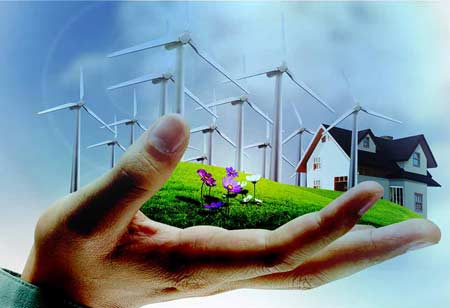Thank you for Subscribing to Energy Business Review Weekly Brief
Understanding the Internet of Energy (IoE)
Internet of Energy (IoE) is a technological term that refers to the modernization and automation of energy producers'

By
Energy Business Review | Wednesday, January 26, 2022
Stay ahead of the industry with exclusive feature stories on the top companies, expert insights and the latest news delivered straight to your inbox. Subscribe today.
IoE enables energy production to proceed more efficiently, cleanly, and with minimal waste.
Fremont, CA: Internet of Energy (IoE) is a technological term that refers to the modernization and automation of energy producers' and manufacturers' electricity infrastructures. This allows energy production to proceed more efficiently, cleanly, and with minimal waste. The term is derived from the expanding market for Internet of Things (IoT) technology, which has contributed to the development of the distributed energy systems that comprise the Internet of Energy.
Understanding the Internet of Energy (IoE)
The technology surrounding the Internet of Energy can be quite complex and difficult to comprehend; therefore, it is essential to understand the fundamentals. IoE is the application of Internet of Things (IoT) technology to various energy systems. The Internet of Things refers to the concept of internet-connected devices. This includes smartphones, tablets, and televisions in addition to major home appliances, headphones, and automobiles.
By increasing electricity generation, transmission, and consumption, manufacturers and producers can reduce inefficiencies in the existing energy infrastructure by employing IoE technology. Modernizing electric infrastructures facilitate the energy flow, maximizing its potential and reducing energy waste. Without critical updates, a significant amount of that energy is lost along the line due to inefficient transmission. Simply put, the lines lack the capacity to carry all the energy being transmitted.
The addition of IoE technology can also result in the installation of smart grid technology. Smart grid technology permits users, among other things, to integrate communication systems, control power, and electrical flow, measure usage, monitor the health of their systems, and automate power systems. Smart grids enable users to make more informed business decisions and future projections.






